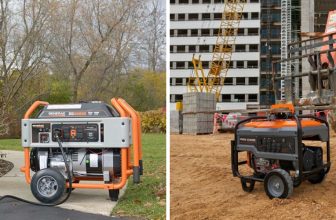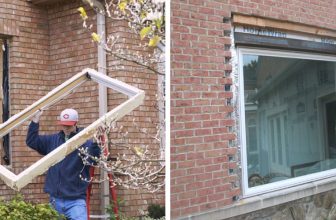How to Block Water From Entering House
Do you have a problem with water entering your house, wreaking havoc on the structural integrity, and creating an unwanted indoor flood? If so, don’t fret. Dealing with moisture entering your home isn’t something to take lightly, but it’s certainly not impossible either.
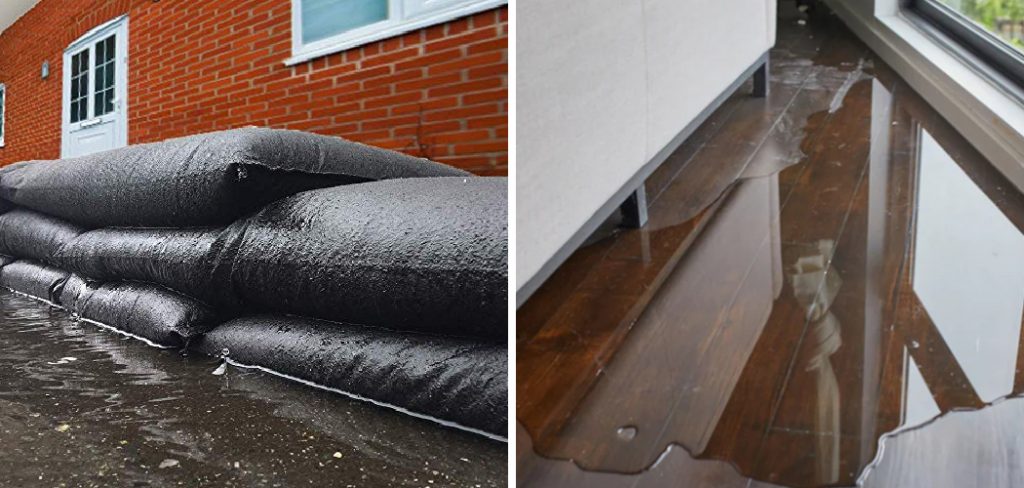
In this blog post, we will walk you through step-by-step how to block water from entering house so that you can avoid costly damages and keep dry as much as possible during unsavory weather conditions. Read further for foundational advice on tackling temporary or perpetually wet areas in and around your house!
What Can You Put around Your House to Prevent Flooding?
To prevent flooding around your house, there are several measures you can take. The most effective protection is to create a buffer zone between your house and any water sources. This could include planting shrubs, trees, and other vegetation that help draw away water from the foundation of your home. You can also construct berms and swales, which are landscaping features designed to divert runoff away from structures.
In some cases, you may need to install a drainage system or sump pump for better control over groundwater levels near the structure. Additionally, make sure that landscaping slopes away from the building rather than toward it. Doing so helps keep moisture out of vulnerable areas like basements and crawl spaces.
In addition to these preventive measures, you may want to consider installing barriers around your house.
Barriers that can help prevent flooding include flood panels, sandbags, and levees. Flood panels are plastic sheets that are mounted on the outside of a building structure to protect against water intrusion; they’re especially helpful in areas prone to heavy rains or storms. Sandbags, while often associated with temporary structures such as military bunkers and foxholes, also have their place in residential use as well.
When placed around the base of your home, they can act as an effective barrier to keep out rising water levels. Lastly, levees are artificial embankments usually made from sand and clay that redirect excess water away from vulnerable areas like basements and foundations.
Taking the time to implement these preventive measures can save you a lot of money and hassle in the long run. By investing in protection now, you can reduce your risk of flooding damage down the road and keep your home safe from water intrusion.
10 Methods on How to Block Water from Entering House
1. Use a Water Repellent Spray
Water-repellent sprays can be purchased online or at most hardware stores. These sprays work by creating a barrier on the surface of the material that they are applied to. This barrier will help to keep water from being absorbed by the material, making it an ideal solution for blocking water from entering your home.
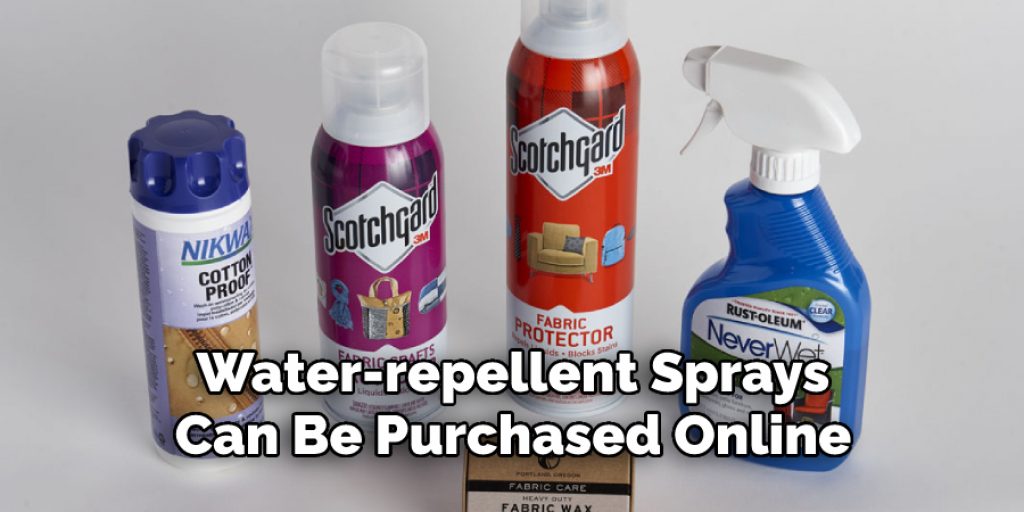
If you are using a spray, make sure to follow the instructions on the label and take all safety precautions when applying it. However, keep in mind that water-repellent sprays will have limited effectiveness and may need to be reapplied periodically.
2. Apply a Waterproof Sealant
Waterproof sealants are another option for blocking water from entering your home. These sealants work by creating a waterproof barrier on the surface of the material that they are applied to. Sealants can be purchased at most hardware stores or online.
Before applying the sealant, it is important to make sure that any cracks or holes in the material have been filled and repaired. Once the sealant has been applied, allow it time to dry before moving on to the next step. This will ensure that the sealant is fully effective in blocking water.
3. Use Weatherstripping
Weatherstripping is a type of material that is used to seal gaps and cracks around doors and windows. This material can be purchased at most hardware stores or online. The weatherstripping will help to block water from entering your home through small gaps and cracks.
This can be a great way to prevent water from entering your home in areas that cannot be sealed with caulk. Be sure to measure the areas before purchasing and installing the weatherstripping to ensure a proper fit. While applying the weatherstripping, make sure to use enough pressure to ensure a secure seal. This will help keep water from entering your home.
4. Install Door Sweeps
Door sweeps are strips of material that are installed on the bottom of doors in order to seal the gap between the door and the floor. Door sweeps can be purchased at most hardware stores or online. Installing door sweeps is an easy way to block water from entering your home.
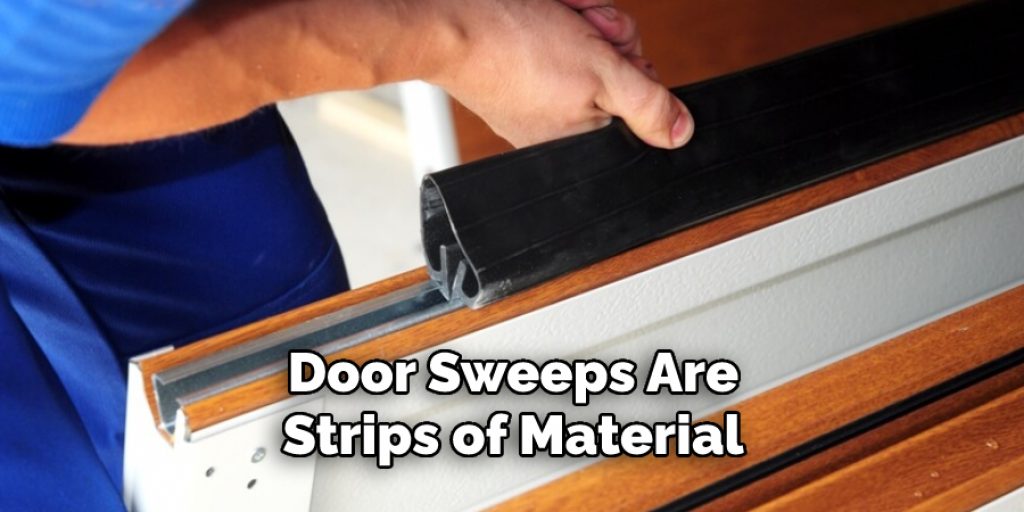
It is important to note, however, that door sweeps should be installed on both sides of the door in order for them to be effective. If a door sweep is installed on only one side, the water can still enter through the other side. Additionally, if you have a garage door that is connected to your house, door sweeps should also be installed on the bottom of it as well.
5. Use Caulk
Caulk is a type of sealant that can be used to fill in gaps and cracks around doors and windows. Caulk can be purchased at most hardware stores or online. Applying caulk is an easy way to block water from entering your home through small gaps and cracks.
Be sure to choose a caulk specifically designed for use on exterior surfaces. Although caulk is relatively inexpensive, it won’t last forever and may need to be reapplied every few years. Try to apply caulk on a dry, warm day and use painter’s tape to ensure a neat finish.
6. Install Gutter Guards
Gutter guards are devices that are installed on top of gutters in order to prevent leaves and other debris from clogging them up. Gutter guards can be purchased at most hardware stores or online. Installing gutter guards will help to prevent water from overflowing into your home during heavy rains.
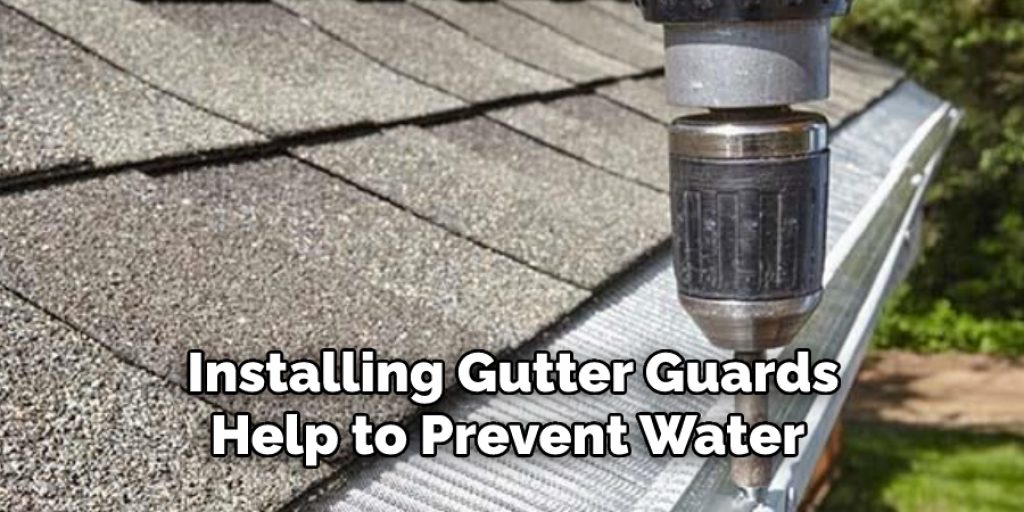
Additionally, gutter guards will help to reduce the amount of regular maintenance needed for your gutters and help keep them in good condition for many years. Make sure to choose the right size and type of gutter guard for your home. Also, be aware that gutter guards can help reduce water entering your home, but they may not be able to prevent it entirely.
7. Repair Leaks Promptly
If you have any leaks in your roof, walls, or plumbing, it is important to repair them as soon as possible in order to prevent water from entering your home. Leaks can often be repaired with simple DIY methods, but some may require the assistance of a professional.
Ignoring leaks will only make the problem worse and could eventually lead to significant damage to your home. It is important to have any leaks repaired promptly in order to avoid further damage.
8. Inspect Your Home Regularly
In order to prevent water from entering your home, it is important to inspect it regularly for any potential problems. Look for any cracks or holes in the exterior of your home and repair them as soon as possible.
You should also check gutters, downspouts, and drains regularly to ensure that they are clear of debris. If you live in an area that is prone to flooding, you may want to consider having sandbags on hand in case of an emergency.
9. Consider Using a Sump Pump
A sump pump is a device that is installed in the lowest point of a basement or crawlspace in order to remove water that has entered the space . Sump pumps typically have a battery backup system so that they can continue to operate even if there is a power outage.
Having a sump pump installed in your home can help to prevent serious damage from occurring if water does enter your basement or crawlspace. While it is generally recommended to call a professional for installation, there are some models that can be installed yourself.
10. Know Where Your Main Water Shut-off Valve Is Located
In the event of a major leak, it is important to know where your main water shut-off valve is located so that you can quickly turn off the flow of water into your home. The main water shut-off valve is typically located near the street in front of your house and is usually either a gate valve or a ball valve. It’s important to know how to operate the shut-off valve, as well as have a wrench nearby that can be used to turn the valve in case it becomes stuck.
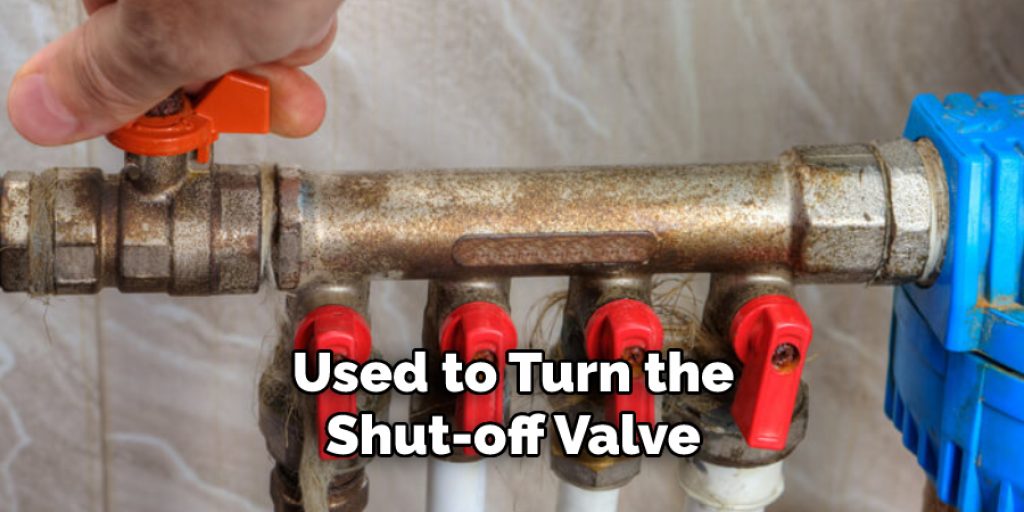
Conclusion
In summary, it is essential to protect your home from water damage by taking the appropriate preventative steps. Installing a good quality gutter system, sloping the ground away from the house, and checking the foundation for cracks can significantly reduce any potential problems with flooding in your home.
We hope this guide on how to block water from entering house was helpful. Please share it with your friends on social media if you find it useful. And be sure to check back here soon for more informative guides like this one.



